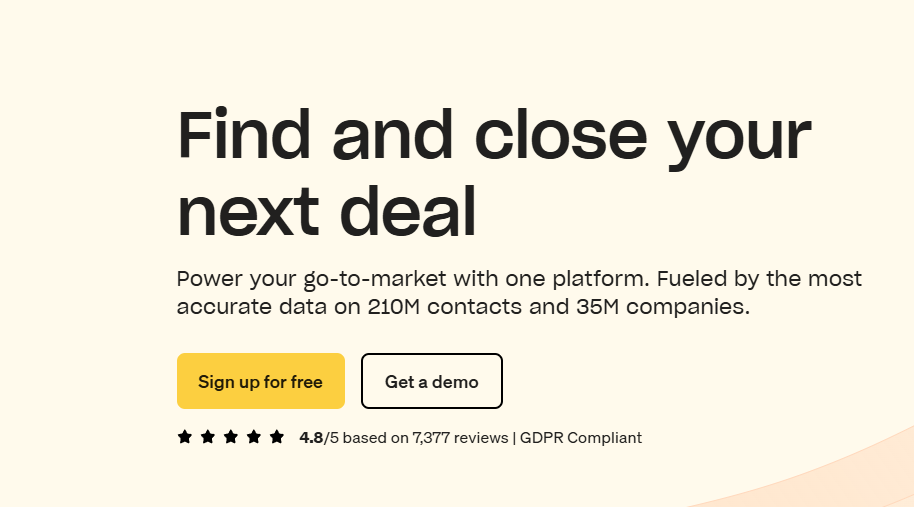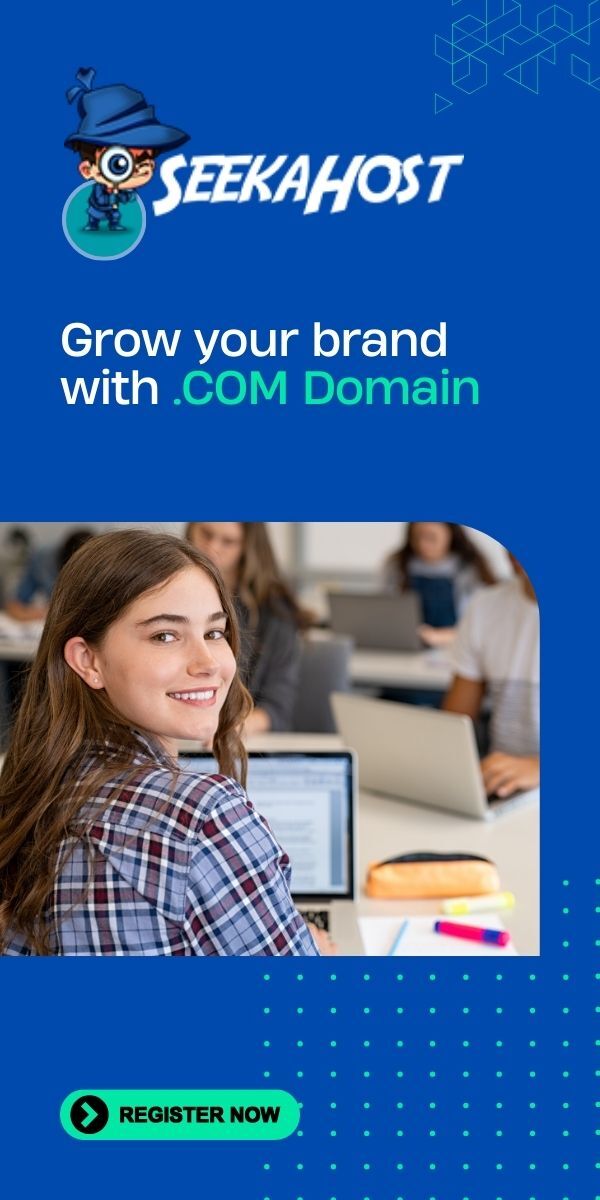10 Creative Ways to Market Your Business and Boost Growth
Marketing a business in 2025 requires more than just running social media ads and optimising for search engines. With increasing competition and evolving consumer behaviours, businesses need to think outside the box and adopt creative marketing strategies that grab attention, drive engagement, and convert prospects into loyal customers.
In this guide, we explore 10 innovative marketing tactics that go beyond the traditional methods. From leveraging micro-influencers and AI-driven outreach to engaging customers with gamification and user-generated content, these strategies will help you stand out in a crowded market.
Each approach includes insights into costs, essential tools, common mistakes to avoid, and best practices to ensure success. Whether you run a local business, an online store, or a B2B company, these strategies will give you practical and effective ways to market your brand in fresh and engaging ways.

1. Micro-Influencer Partnerships
Micro-influencer marketing involves collaborating with social media personalities who have between 1,000 to 50,000 highly engaged followers. Unlike celebrity influencers, micro-influencers have a close-knit and loyal audience that trusts their recommendations.
These influencers typically operate in specific niches, such as fitness, beauty, tech, or business, allowing brands to reach highly targeted potential customers. Since their content feels more personal and authentic, their endorsements tend to drive higher engagement and conversion rates compared to traditional advertising.
Instead of investing in one expensive influencer, businesses can work with multiple micro-influencers to increase exposure while maintaining a lower cost.
Cost
- £30-£500 per post, depending on the influencer’s audience size and engagement.
- Some influencers may accept free products in exchange for promotion.
- Monthly campaign budgets can range from £300-£5,000, depending on the number of influencers and frequency of posts.
Tools Needed
- Instagram/TikTok Creator Marketplace – To find influencers based on niche and audience size.
- Upfluence – To analyze influencer engagement, demographics, and reach.
- Heepsy – A search platform to find micro-influencers and assess audience quality.
Mistakes to Avoid
- Focusing only on follower count – High numbers don’t always mean high engagement. Look for influencers with an engagement rate of at least 3-5%.
- Not setting clear expectations – Ensure influencers understand the number of posts, content type (stories, reels, etc.), and key brand messages.
- Ignoring legal agreements – Always set up contracts covering content rights, payment, and expectations.
- Failing to track ROI – Use affiliate links, custom discount codes, or UTM tracking to measure the real impact of influencer marketing.
Best Practices
- Engage with the influencer’s content before outreach – Like and comment on their posts to warm up the relationship.
- Personalize your pitch – Avoid generic messages. Show that you know their content and why they align with your brand.
- Give influencers creative freedom – Strict scripts can make content feel forced. Let them present your brand in their own style.
- Repurpose influencer content – Ask for permission to reuse their posts for your own social media and ads.
How It Benefits Your Business
- Boosts credibility – Consumers trust recommendations from real people over brands.
- Targets a specific, highly engaged audience – No wasted ad spend on the wrong people.
- Cost-effective – More affordable than big influencers but still delivers strong results.
- Creates shareable content – Great influencer content often gets reshared, increasing brand reach.
2. Leveraging Reddit & Niche Forums
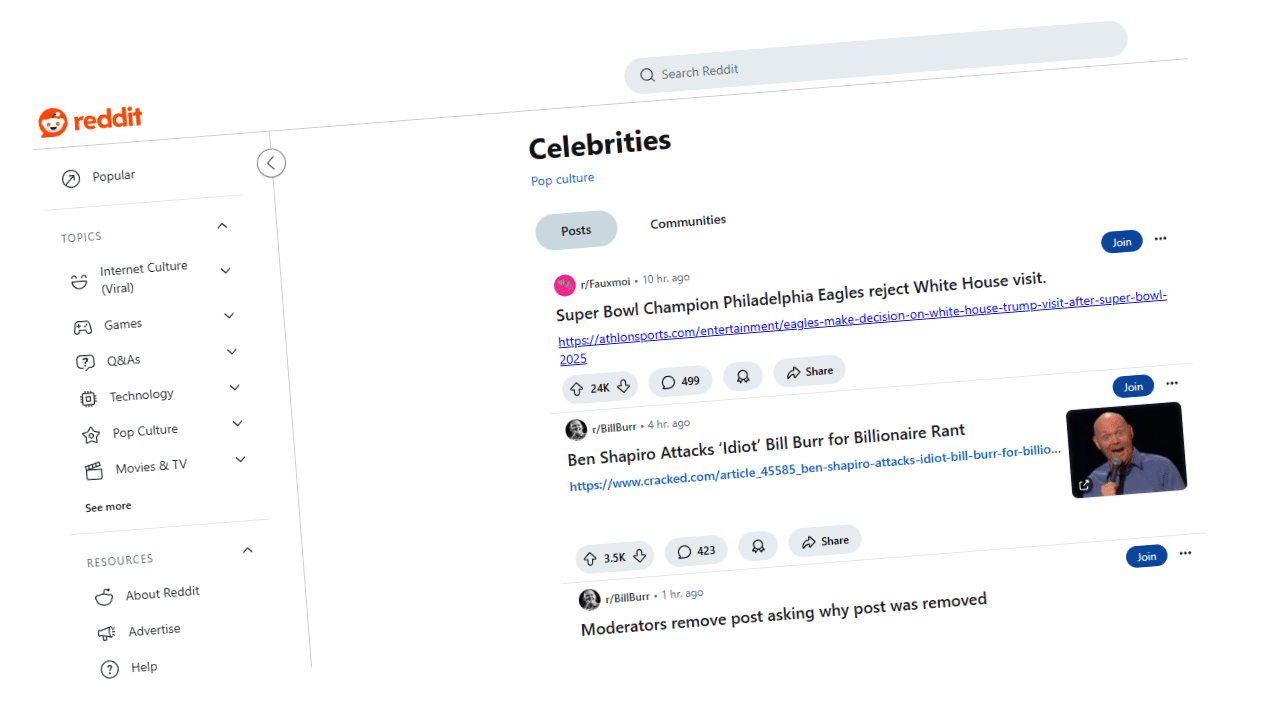
Reddit and niche forums are highly active online communities where people discuss specific interests, seek advice, and share experiences. Unlike social media platforms where content quickly disappears, discussions on forums can remain relevant for months or even years.
For businesses, these platforms offer an opportunity to engage directly with potential customers, establish authority, and drive traffic to their website—but only if done correctly. Direct promotion is generally not welcomed, so businesses must take an informative, value-driven approach.
Rather than posting ads, businesses should participate in discussions, answer questions, and offer useful insights. Over time, this builds trust and positions them as an expert in their field.
Cost
- Free – Organic participation in forums costs nothing except time and effort.
- £0.50 – £3 per click – Reddit Ads can be used to drive targeted traffic to your website.
Tools Needed
- Reddit Ads Manager – To run targeted promotions and sponsored posts.
- Quora Spaces – To create a thought leadership presence by answering industry-related questions.
- Forum Finder – A tool to locate industry-specific forums related to your business.
- Flarum & Discourse – Platforms for creating your own forum if your niche lacks an active one.
Mistakes to Avoid
Being overly promotional – Reddit users, in particular, are highly sceptical of businesses trying to sell directly. Always provide value before promoting anything.
Ignoring community rules – Each forum has its own set of guidelines. Breaking these could result in your posts being removed or even getting banned.
Not engaging consistently – Building credibility requires ongoing participation. If you only post when you want something, people will notice.
Forgetting to track results – Use UTM links or specific landing pages to measure the effectiveness of forum marketing.
Best Practices
Answer questions before mentioning your business – If someone asks about a problem your product solves, explain the solution in detail before subtly mentioning your service.
Find the right subreddits and threads – Join communities where your target audience is already discussing your industry. For example, if you run a gym supplement store, subreddits like r/FitnessUK or r/Supplements are ideal.
Use Reddit Ads strategically – Sponsored posts blend into organic discussions when done right. Keep them informative and engaging rather than looking like a standard advert.
Create valuable content – Case studies, expert insights, or behind-the-scenes looks at your business can get significant traction when shared in the right forum.
How It Benefits Your Business
Establishes authority – Regularly providing helpful insights positions your brand as an industry expert.
Access to highly targeted audiences – Niche forums and Reddit communities contain people already interested in what you offer.
Drives high-intent traffic – Users searching for solutions on forums are often closer to making a purchase decision.
Cost-effective marketing – Unlike PPC ads, organic engagement is free and can provide long-term traffic.
3. AI-Generated Personalised Video Outreach
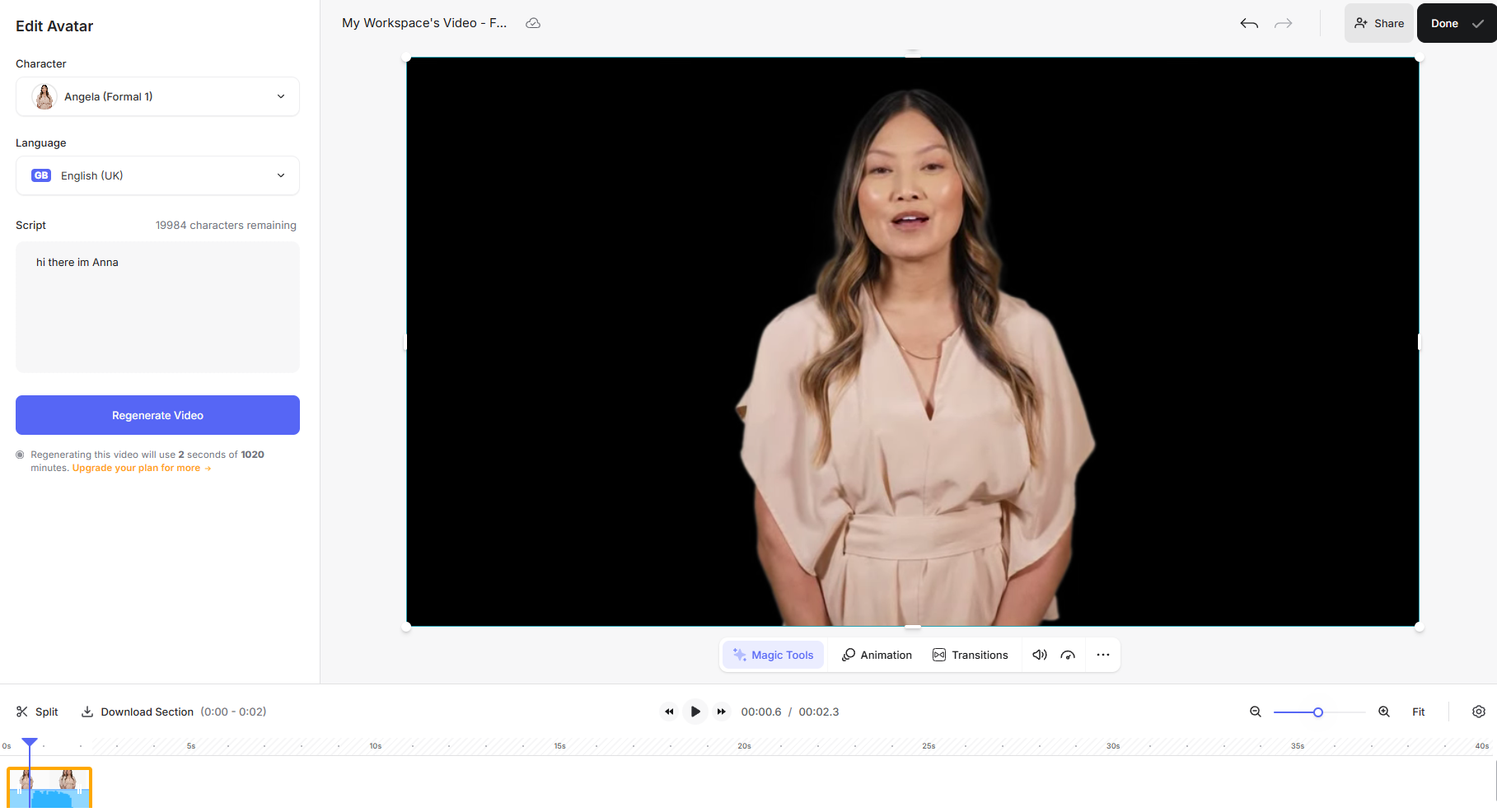
AI-generated personalised video outreach is an innovative way to engage potential customers by sending tailored video messages at scale. Instead of generic email campaigns, businesses can use AI tools to generate customised videos that address the recipient by name, mention their company, and reference their specific needs or interests.
These videos can be used in email marketing, LinkedIn outreach, or even as responses to customer inquiries. The goal is to make outreach feel personal and engaging while reducing the time and effort required to record individual videos manually.
This method works particularly well for B2B sales, customer support, and lead nurturing, as it grabs attention and makes a stronger impression than text-based outreach.
Cost
- £50 – £200 per month for AI video tools, depending on the number of videos generated.
- Free options available with basic features, but advanced tools require a subscription.
Tools Needed
- Synthesia – AI-powered video creation with custom avatars and voiceovers.
- Loom – Screen recording and video messaging tool for personalised outreach.
- Vidyard – Video email marketing tool that tracks viewer engagement.
- Dubb – Allows businesses to send and track personalised video messages.
Mistakes to Avoid
Over-automation – If your AI-generated videos sound robotic or overly scripted, they lose their effectiveness. Always ensure the content feels natural.
Lack of personalisation – Simply adding a name isn’t enough. Tailor each video to address the recipient’s actual needs or challenges.
Poor video/audio quality – Even AI-generated videos should maintain a professional look with clear visuals and sound.
Ignoring follow-ups – A single video won’t always get a response. Have a structured follow-up sequence in place.
Best Practices
Use the recipient’s name, company, and industry-specific details to make the message feel truly personalised.
Keep videos under 90 seconds – People are more likely to watch a short, engaging message than a long one.
Include a clear call to action – Whether it’s booking a meeting, replying to the email, or visiting your website, guide the viewer on what to do next.
Test different video styles – Experiment with animated AI avatars, direct-to-camera messages, and screen recordings to see what resonates best with your audience.
Track engagement – Use tools like Vidyard to see who watches your videos and when, allowing for smarter follow-ups.
How It Benefits Your Business
Higher engagement rates – Personalised video messages stand out in crowded inboxes and boost response rates.
Saves time – AI-generated videos allow businesses to send personalised outreach at scale without manually recording each one.
Builds trust – Seeing a face (even an AI-generated one) makes communication feel more authentic and personal.
Differentiates your brand – Very few businesses are using AI-generated video for outreach, making it a unique way to connect with potential customers.
4. Live Shopping Events
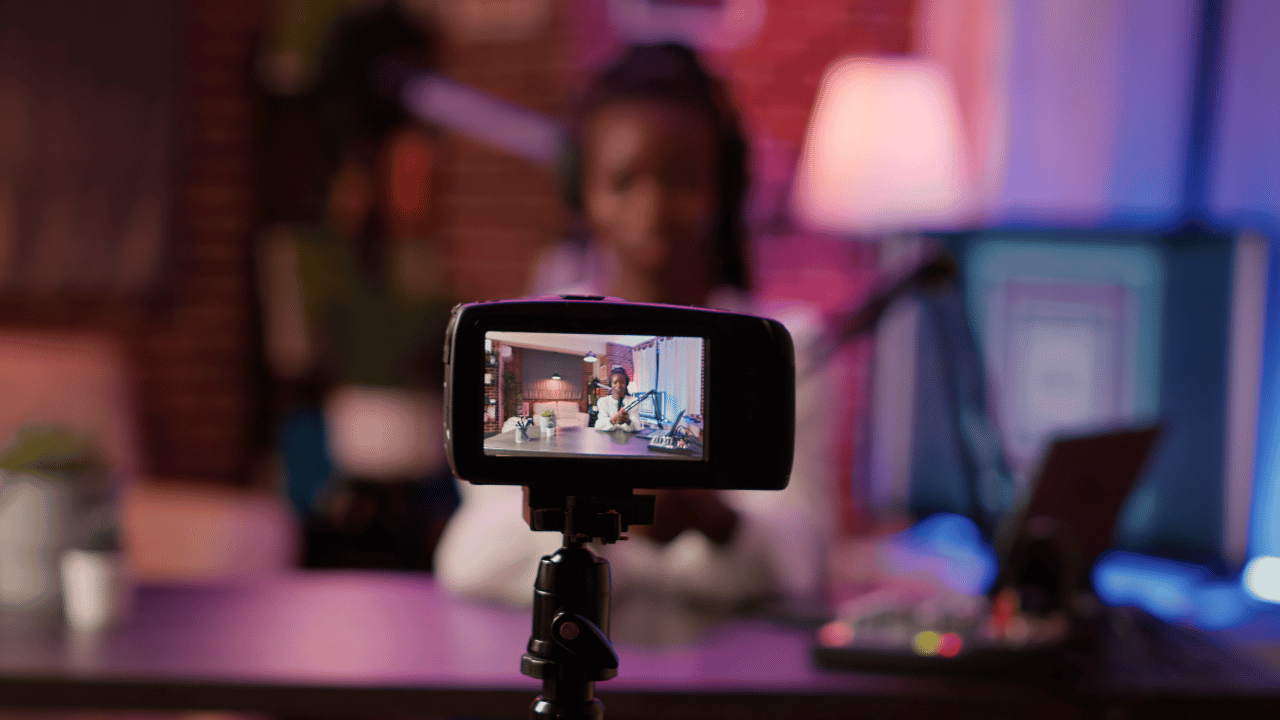
Live shopping events blend e-commerce with interactive live streaming, allowing businesses to showcase products in real-time while engaging directly with potential customers. These events can be hosted on platforms like Facebook Live, Instagram Live, TikTok Shop, or YouTube, where viewers can ask questions, see product demonstrations, and make purchases instantly.
Unlike traditional online shopping, live shopping events create urgency and exclusivity, encouraging impulse buying. Businesses can offer limited-time discounts, exclusive bundles, or live Q&A sessions to enhance engagement.
This approach is particularly effective for retail, fitness, beauty, tech, and lifestyle brands, but it can be adapted to various industries, including B2B services (e.g., software demos).
Cost
- Free – Hosting a live event on social media costs nothing except time and preparation.
- £100 – £500 – Optional costs for paid promotions to boost reach.
- Additional costs may include hiring a host, professional lighting, or product giveaways.
Tools Needed
- Facebook Live, Instagram Live, TikTok Shop, YouTube Live – Platforms for hosting live shopping events.
- StreamYard or OBS Studio – For professional multi-camera streaming.
- Ecamm Live – Advanced live streaming for Mac users, allowing overlays and engagement tools.
- CommentSold – An automation tool that helps manage live sales and comments.
Mistakes to Avoid
Not promoting the event – Without pre-event marketing, attendance will be low. Advertise across all your social media, email lists, and website.
Poor video quality – Bad lighting, poor sound, or a weak internet connection can make the event look unprofessional.
Ignoring viewer engagement – Live shopping is about interaction. Failing to respond to comments or questions in real-time can lose potential buyers.
Overcomplicating the process – If the buying process isn’t seamless (e.g., difficult checkout, unclear instructions), viewers may lose interest.
Best Practices
Promote in advance – Build anticipation with countdown posts, email campaigns, and teaser videos leading up to the event.
Have a structured script – While live events should feel natural, plan key talking points, promotions, and engagement tactics.
Engage in real-time – Answer questions, call out viewer names, and create excitement with giveaways or flash sales.
Use multiple camera angles – If possible, switch between close-ups of products and a main host to keep visuals engaging.
Repurpose the content – After the event, edit key moments into shorter clips for social media and ads.
How It Benefits Your Business
Increases conversion rates – Seeing products in action and getting immediate answers boosts confidence in purchasing.
Creates urgency – Limited-time offers during live events encourage fast decisions.
Builds trust – Engaging with customers in real time fosters stronger relationships and brand loyalty.
Boosts social media visibility – Live videos often receive higher organic reach than standard posts.
5. Creating Interactive Content (Quizzes, Calculators & Polls)
Interactive content such as quizzes, calculators, and polls engages potential customers in a way that static content cannot. Rather than passively consuming information, users actively participate, making the experience more memorable and personalised.
This type of content works exceptionally well for lead generation, customer education, and driving conversions. For example:
- Quizzes – “Which protein supplement is right for you?” (Great for fitness brands)
- Calculators – “How much can you save with our service?” (Ideal for financial or SaaS businesses)
- Polls – “What’s your biggest fitness struggle?” (Useful for social media engagement)
Not only does interactive content encourage higher engagement, but it also provides businesses with valuable insights into their audience’s preferences and behaviours.
Cost
- Free – Basic quizzes or polls can be created with built-in social media tools (Instagram Stories, LinkedIn polls, etc.).
- £10 – £100 per month – Advanced tools for lead generation and customisation.
Tools Needed
- Outgrow – Create interactive calculators, quizzes, and surveys for lead generation.
- Typeform – User-friendly tool for creating engaging quizzes and surveys.
- Interact – Specifically designed for lead-generation quizzes.
- Google Forms – Free and simple option for basic quizzes and data collection.
Mistakes to Avoid
Making quizzes too long – Keep them short and engaging. If they take more than a couple of minutes, users will drop off.
Not collecting leads – If your goal is lead generation, include an email capture at the end with an incentive (e.g., discount, free guide).
Failing to personalise results – Ensure quiz outcomes feel meaningful and directly relevant to the user’s interests.
Ignoring mobile optimisation – Many users will access quizzes and calculators on mobile, so test responsiveness before launching.
Best Practices
Tie the content to your product – A quiz should naturally guide users towards a relevant product or service.
Use data to refine marketing – Analyse responses to better understand what customers need and use insights to tweak your offers.
Encourage social sharing – A fun quiz result or insightful calculator output can encourage users to share, expanding your reach.
Make it visually appealing – Use images, progress bars, and animations to enhance engagement.
How It Benefits Your Business
Higher engagement – People are more likely to interact with quizzes and calculators than with static content.
Lead generation – Well-placed email captures turn interactions into potential customers.
Customer insights – Gain a better understanding of your audience’s needs and preferences.
Increased brand awareness – Shareable content can drive organic reach across social media.
6. Leveraging Community & Local Sponsorships
Community and local sponsorships involve partnering with events, sports teams, charities, or organisations within your local area to increase brand visibility and goodwill. Unlike digital ads that compete for attention online, local sponsorships help businesses establish a real-world presence and build long-term relationships with the community.
For example:
- Sponsoring a local sports team – Your business logo appears on jerseys, banners, and event materials.
- Supporting a community event – You get featured in marketing materials, signage, and press coverage.
- Partnering with local charities – Your business benefits from positive PR while contributing to a good cause.
- Collaborating with schools and universities – You can offer student workshops, scholarships, or internship programmes in exchange for branding opportunities.
This strategy works particularly well for brick-and-mortar businesses, service providers, and companies looking to build local trust.
Cost
- £100 – £5,000, depending on the size of the sponsorship and event.
- Some partnerships may be free or low-cost if structured as a mutual collaboration.
Tools Needed
- SponsorMyEvent – A platform to find sponsorship opportunities.
- Google My Business – To enhance local visibility and engage with the community.
- Meetup – To connect with local organisations and potential partners.
- Local Chambers of Commerce – To network with other businesses and find sponsorship opportunities.
Mistakes to Avoid
Choosing the wrong sponsorship – Ensure the audience aligns with your business; sponsoring a football team may not be useful for a tech consultancy.
Not maximising branding opportunities – Ensure your logo, website, and promotional materials are clearly visible at the event.
Forgetting to follow up – Engage with attendees before, during, and after the event via email or social media to convert brand exposure into actual sales.
Neglecting measurement – Track website traffic, leads, and social media mentions post-event to gauge ROI.
Best Practices
Choose sponsorships aligned with your target audience – If you run a fitness supplement store, sponsoring a local marathon or gym event is more relevant than a general town festival.
Get involved beyond just financial sponsorship – Attend events, interact with attendees, and provide hands-on experiences, like free samples, workshops, or demonstrations.
Leverage social media – Promote your sponsorship before, during, and after the event with branded content and community engagement.
Negotiate branding placement – Ensure your business name, logo, and contact information are prominently displayed on banners, social media, and promotional materials.
How It Benefits Your Business
Builds local trust – Associating with community initiatives enhances your brand’s reputation.
Increases brand awareness – Your business gains exposure in front of a highly engaged local audience.
Provides long-term visibility – Unlike digital ads, event sponsorships can have a lasting impact through event photography, media coverage, and word-of-mouth.
Strengthens business relationships – Partnering with local organisations opens doors for future collaborations and networking opportunities.
7. User-Generated Content (UGC) Campaigns
User-Generated Content (UGC) refers to any type of content—photos, videos, testimonials, reviews, or social media posts—created by customers rather than the business itself. Instead of producing all your marketing materials in-house, you encourage real customers to share their experiences using your product or service.
UGC campaigns help build trust and authenticity, as potential buyers see real people using and endorsing your products rather than polished advertisements. This strategy is widely used in fitness, fashion, food, tech, and e-commerce brands, but it can be adapted for nearly any industry.
For example:
- A gym supplement company can ask customers to post workout videos using their products with a specific hashtag.
- A clothing brand can encourage users to share outfit photos for a chance to be featured on the brand’s page.
- A local café can incentivise customers to tag them in food pictures for a discount on their next visit.
The best part? UGC acts as free advertising, as your customers create content that markets your brand for you.
Cost
- Free – If customers naturally post about your brand.
- £50 – £500 – Incentives such as giveaways, discounts, or prize draws for the best UGC submissions.
- £100 – £1,000 – Paid partnerships with micro-influencers to generate more high-quality UGC.
Tools Needed
- Hashtagify – To track branded hashtags and monitor user participation.
- Taggbox – A UGC curation tool to collect and display user-generated content on your website.
- Canva – To enhance and repurpose user-generated images for ads and social media.
- TINT – A platform that aggregates UGC from social media for marketing use.
Mistakes to Avoid
Not obtaining permission – Always ask for explicit consent before using customer content in marketing materials.
Ignoring low-quality content – While all UGC is valuable, prioritise high-quality visuals and authentic testimonials to maintain brand credibility.
Lack of incentives – Simply asking for UGC may not be enough; offering a reward or recognition boosts participation.
Forgetting to engage – If customers take the time to post about your brand, acknowledge their efforts by liking, commenting, or sharing their content.
Best Practices
Create a branded hashtag – Make it easy for customers to tag and track their UGC by using a unique, memorable hashtag.
Feature UGC on multiple platforms – Share user content not just on social media, but also on your website, ads, and email campaigns to build social proof.
Host UGC contests – Run competitions where the best UGC submissions win prizes, discounts, or exclusive perks to encourage more participation.
Encourage storytelling – Ask customers to share how they use your product and the benefits they’ve experienced, making the content more relatable.
How It Benefits Your Business
Builds authenticity – Potential customers trust real user experiences over brand-generated content.
Boosts engagement – UGC encourages conversations, shares, and interactions across social platforms.
Reduces content creation costs – Customers create content for you, saving on marketing expenses.
Increases conversions – Seeing real people use your product helps eliminate doubts and boosts buyer confidence.
8. Running a Guerrilla Marketing Stunt
Guerrilla marketing is an unconventional, low-cost strategy designed to capture attention in a bold and memorable way. Unlike traditional advertising, guerrilla marketing relies on creativity, surprise, and engagement rather than a big budget. The goal is to create an experience that sparks conversations, media coverage, or viral social media traction.
This could involve flash mobs, street art, interactive installations, pop-up experiences, or unexpected brand activations in public spaces. The key is to make it shareable and impactful, leaving a strong impression on your audience.
Examples include:
- A gym supplement brand setting up a surprise “test your strength” challenge on a busy high street.
- A local café leaving humorous coffee cup sleeves around town with hidden discount codes.
- A tech company projecting a digital countdown on a famous landmark before launching a new product.
Guerrilla marketing works best for businesses looking to create buzz, increase brand awareness, and generate social media shares.
Cost
- £500 – £5,000, depending on the scale and execution.
- Some ideas may require permits for public space use, adding to costs.
- If executed correctly, media attention and social shares can make the investment worthwhile.
Tools Needed
- Press Release Distribution Services – To maximise media coverage.
- Canva or Piktochart – To design promotional materials or visuals for the stunt.
- Social Listening Tools (Brand24, Hootsuite) – To track conversations and engagement after the campaign.
- Eventbrite – If organising a pop-up event as part of the stunt.
Mistakes to Avoid
Not getting permissions – If your stunt involves public spaces, check local regulations and obtain necessary permits.
Making it overly complicated – Simplicity is key. If your message isn’t instantly clear, it may confuse rather than engage.
Ignoring social media amplification – Ensure you have a strategy to capture content (videos, photos) and share it across platforms.
Failing to prepare for backlash – Some guerrilla marketing tactics can be controversial; always consider potential risks and public perception.
Best Practices
Keep it interactive – If possible, make the stunt hands-on so people can actively participate.
Make it visually striking – Eye-catching designs, unexpected placements, or bold statements work best.
Encourage user-generated content – Incentivise social media sharing by offering a reward for the best photo, video, or post about the stunt.
Time it strategically – Align it with an event, holiday, or product launch to maximise impact.
How It Benefits Your Business
Creates brand buzz – If executed well, guerrilla marketing can go viral and attract significant attention.
Cost-effective – Compared to traditional ad campaigns, this can generate huge exposure for a fraction of the price.
Engages local communities – A well-placed guerrilla marketing stunt can spark local curiosity and word-of-mouth marketing.
Differentiates your brand – Unconventional marketing makes your business stand out in a crowded market.
9. AI-Powered Cold Outreach
AI-powered cold outreach is a smarter, more efficient way to contact potential clients or customers via email, LinkedIn, or other direct messaging platforms. Instead of relying on mass, generic cold emails, AI tools personalise messages based on the recipient’s interests, industry, and previous interactions.
AI-driven platforms can analyse customer data, predict the best times to send messages, and even suggest conversation starters based on publicly available information. This significantly improves response rates and engagement, compared to traditional cold outreach, which is often ignored.
For example:
- A B2B software company can use AI tools to identify decision-makers in target industries and send hyper-personalised emails.
- A marketing agency can automate LinkedIn outreach, sending tailored connection requests followed by relevant case studies.
- A fitness brand can analyse social media engagement data to find potential influencers or brand ambassadors.
This approach is highly effective for lead generation, partnerships, and sales, especially in B2B industries.
Cost
- £30 – £200 per month for AI-powered outreach tools.
- Some tools charge per email or per contact, depending on usage.
Tools Needed
- Lemlist (https://www.lemlist.com/) – AI-driven personalised email outreach with automated follow-ups.
- Apollo.io – AI-powered prospecting tool for finding and contacting leads.
- LinkedHelper ( https://www.linkedhelper.com/) – Automates LinkedIn messaging and connection requests.
- ChatGPT or Copy.ai – AI-generated email copywriting for more natural and engaging messages.
Mistakes to Avoid
Over-automation – If every message sounds robotic or scripted, recipients will ignore it. AI should enhance, not replace, human touch.
Ignoring follow-ups – Most conversions happen after multiple touchpoints; don’t rely on a single email or message.
Targeting the wrong audience – Poor targeting leads to wasted effort. AI tools can help refine lists, but always verify the data.
Not testing different approaches – A/B test subject lines, message formats, and timing to see what generates the best response rates.
Best Practices
Start with genuine engagement – Don’t pitch immediately; open with value-driven content like a useful resource or industry insight.
Keep it concise – Busy professionals won’t read long emails. Get to the point quickly and clearly.
Personalise beyond the name – Mention specific challenges, industry trends, or past interactions to make the outreach feel authentic.
Use AI for analytics – Track open rates, response rates, and conversions to optimise future campaigns.
How It Benefits Your Business
Increases efficiency – AI automation reduces the time spent on manual prospecting and follow-ups.
Boosts response rates – Personalised outreach is far more effective than generic, spam-like emails.
Scales outreach efforts – Contact hundreds or thousands of potential leads without hiring extra staff.
Provides valuable insights – AI tools offer data-driven recommendations for improving outreach strategies.
10. Leveraging Gamification in Marketing
Gamification in marketing involves integrating game-like elements such as rewards, challenges, leaderboards, or interactive experiences into your marketing campaigns to boost engagement and customer retention. By tapping into people’s natural desire for competition, achievement, and rewards, businesses can encourage repeat interactions and brand loyalty.
This strategy is particularly effective for e-commerce, fitness brands, SaaS businesses, and subscription-based services, but it can be adapted for almost any industry.
Examples include:
- A gym supplement store could offer a rewards system where customers earn points for every purchase and get a free product after reaching a certain milestone.
- An e-commerce brand could run a digital scratch card competition where customers can win discounts or exclusive offers.
- A B2B company could create an interactive quiz where users unlock insights based on their responses and receive a personalised report.
- A fitness business could introduce a referral leaderboard where the top referrer of the month wins a prize.
Gamification makes the customer experience more interactive, enjoyable, and rewarding, increasing brand engagement and retention.
Cost
- Free – Simple gamified challenges can be run on social media without additional costs.
- £50 – £500 per campaign – Investing in gamification tools or offering rewards for participation.
- £1,000+ – For developing custom apps or interactive web experiences.
Tools Needed
- Gleam – A platform for running gamified contests, giveaways, and competitions.
- Spinify – A gamification tool that adds competition and leaderboards to sales and customer engagement efforts.
- Google Forms + Zapier – For simple point-based reward systems linked to customer actions.
- LoyaltyLion – A gamified loyalty program for e-commerce stores.
Mistakes to Avoid
Overcomplicating the process – If participation requires too many steps, people will lose interest.
Lack of clear incentives – Rewards should feel valuable and worth the effort.
Ignoring mobile optimisation – Many users will engage via smartphones, so ensure seamless mobile experiences.
Not tracking engagement – Measure participation rates, shares, and conversions to optimise future gamification efforts.
Best Practices
Make rewards meaningful – Discounts, freebies, or exclusive access should align with what customers actually want.
Keep it simple – Ensure the gamified experience is easy to understand and participate in.
Encourage sharing – Gamified content should be social-friendly so users naturally share it with their network.
Integrate with existing marketing – Combine gamification with email campaigns, social media, and website engagement for maximum impact.
How It Benefits Your Business
Increases engagement – Customers are more likely to interact when there’s a fun and rewarding element.
Boosts customer retention – Loyalty programs and challenges keep customers coming back.
Enhances brand awareness – Gamified campaigns encourage social sharing and word-of-mouth marketing.
Drives conversions – Exclusive rewards or time-sensitive competitions create a sense of urgency to act.
Conclusion
The marketing landscape is constantly evolving, and businesses that embrace innovation and creativity will always have the competitive edge. While traditional marketing still has its place, the strategies outlined in this guide offer fresh, impactful ways to connect with your audience, build trust, and drive sales.
By implementing tactics like AI-powered outreach, live shopping events, and gamification, you can create more engaging experiences that capture customer attention and encourage long-term brand loyalty. The key is to test different approaches, track results, and refine your strategy based on what works best for your business.
No matter your industry or budget, thinking outside the box will always pay off. Start applying these strategies today and watch your business grow in ways you never thought possible.





